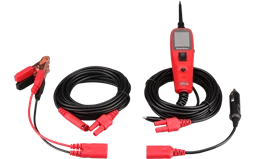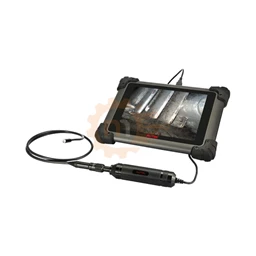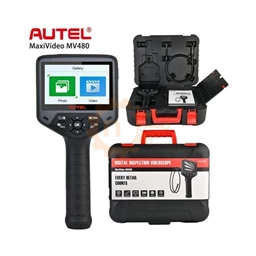The oil problems in the world and the problems related to emissions have forced us to turn to new areas. These areas vary from industry to industry.
However, when we say oil and emissions, the first thing that comes to our mind is automobiles. Cars with internal combustion engines are very harmful in terms of the harmful gases they emit to the environment.
For this reason, institutions and automobile manufacturers that make environmental decisions are constantly working in this direction.
One of these studies is hydrogen vehicles, these vehicles are also known as 'fuel cell electric vehicles'. In the rest of our article, we will talk about hydrogen fuel and cars that run on this fuel.
What is hydrogen fuel used to run vehicles?
Hydrogen fuel is an extremely environmentally friendly fuel that contains zero carbon and is burned with oxygen.
Hydrogen fuel can be produced from fossil fuels such as steam reforming, partial oxidation of methane, coal gasification, or renewable energy sources such as water electrolysis and solar thermochemistry.
When hydrogen fuel is burned, water is produced. Since hydrogen fuel also arises from the processing of water, it offers us an endless source of energy.
In which areas is hydrogen fuel used?
The usage area of hydrogen energy is also very wide. If we talk about them, they are; It has started to be used in space aviation, oil production, deterium separation, hydrogen cleaning and most importantly in the automotive sector today.
We will talk about hydrogen fuel, which is used to provide energy production in automobiles, in more detail below.
Use of hydrogen fuel in automobiles
Hydrogen fuel is used in automobiles in various ways. This is sometimes mixed with oil to reduce the damage caused by the oil. However, the part that interests us is the direct use of hydrogen fuel as fuel.
These vehicles are also called 'fuel battery electric vehicles'. These vehicles also have batteries as in electric vehicles.
The biggest feature that distinguishes these vehicles from electric vehicles is that they produce electrical energy itself. The electrical energy in these vehicles is produced together with hydrogen and transferred to the battery.
Similar to internal combustion engine vehicles, these vehicles also have an area such as an exhaust at the back.
But only water comes out of this part. Thus, the carbon value is 0. For this reason, hydrogen fueled vehicles are like a mixture of gasoline and electric vehicles.
Hydrogen fuel filling stations located to meet the fuel needs of vehicles using hydrogen fuel
Another aspect of hydrogen vehicles similar to gasoline vehicles is the way of refueling. Hydrogen vehicles also have fuel filling just like gasoline vehicles.
Filling a tank takes almost the same time as a gasoline vehicle. Hydrogen vehicles meet their fuel needs from hydrogen filling stations. We can think of hydrogen filling stations like gas stations.
In hydrogen filling stations, hydrogen is produced, compressed, stored and filled by electrolysis of water.
As the use and production of hydrogen vehicles increases, the number of these stations is also increasing in many countries.

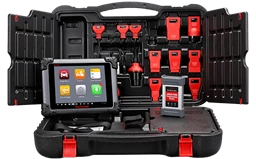
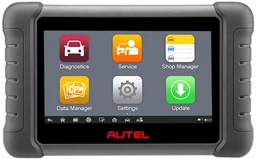


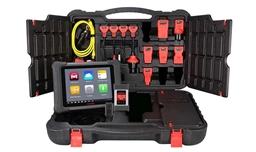




.webp?size=256)




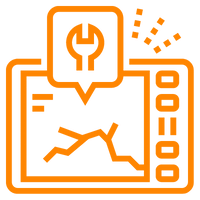

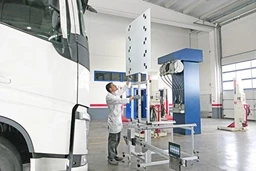
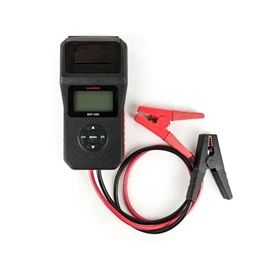
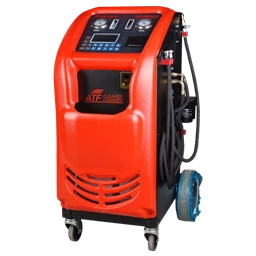
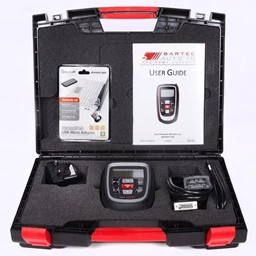
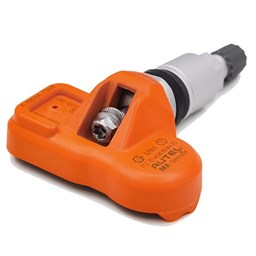


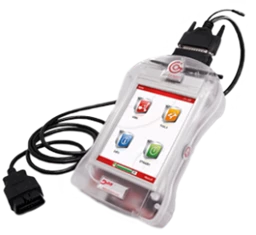
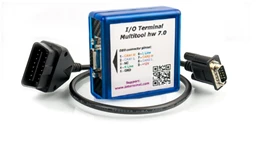
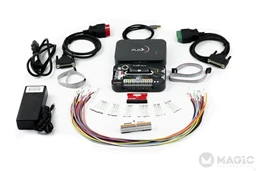
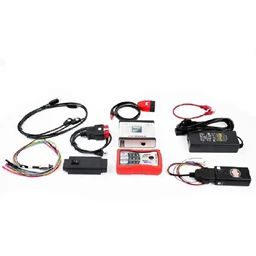
 Cihazı.webp?size=256)

